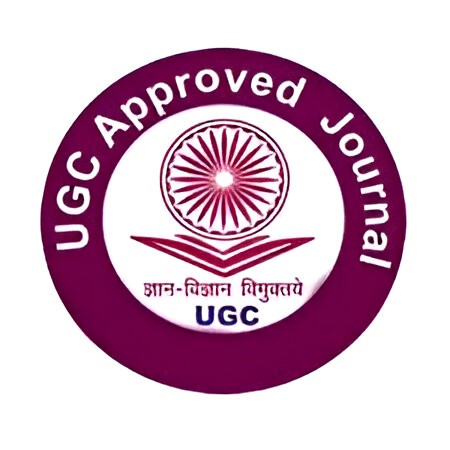A Study On The Merger Of Banks With Union Bank Of India
Abstract
The Indian banking sector witnessed a significant wave of consolidation during 2019–2020 through mega bank mergers initiated by the Government of India. These mergers aimed to strengthen the public sector banks (PSBs), enhance their global competitiveness, and ensure better capital utilization and governance. The restructuring led to the amalgamation of ten public sector banks into four large entities, with Punjab National Bank, Canara Bank, Union Bank of India, and Indian Bank emerging as anchor banks. This study analyzes the rationale behind the mergers, including factors such as the need to address rising non-performing assets (NPAs), improve operational efficiency, and support India’s $5 trillion economy vision. The research also evaluates the post-merger performance indicators such as asset base, credit growth, and customer reach. While the mergers offered long-term strategic benefits like economies of scale and technology integration, they also presented short-term challenges like employee integration, branch rationalization, and cultural adjustments. The study concludes that the mega bank mergers have laid the foundation for a more resilient and efficient banking ecosystem in India











